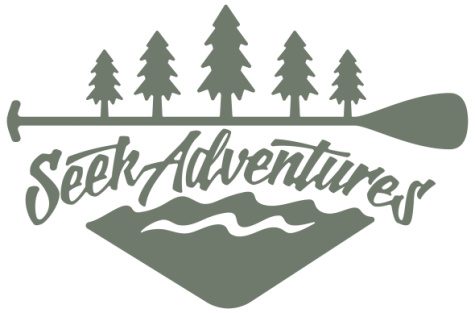Let me introduce you to Roslyn.
She is an amazingly knowledgeable Teacher Naturalist at the Ozark Natural Science Center. Last weekend at the Arkansas Women Bloggers Unplugged Retreat we were blessed to have Roslyn with us on Friday and most of the day Saturday. She shared her knowledge with many of the ladies at a 6 am hike on Saturday morning. I missed the hike as sleep sounded like a better idea but many who went said it was amazing. I am not surprised because Friday night Roslyn shared her knowledge of Easter Box Turtles with us.
The Ozark Natural Science Center participates in a Box Turtle Research and Tracking program. When a turtle is found on the property it is caught, logged and sometimes a tracking device is affixed. Roslyn walked us through the collection and logging process when two turtles were found Friday evening.
Here are some facts about Eastern Box Turtles:
- The shell shape, pattern and coloration can vary widely from turtle to turtle.
- Male turtles often have brighter facial features.
- Male turtles often have concave plastron.
- The plastron is the bottom of the shell.
- Eastern Box Turtles found in our area are typically the three-toed variety.
- Box Turtles are not aquatic but do sometimes like shallow water.
- Adult turtles eat mostly plant matter but will eat just about anything.
- Box turtles often live 25 – 30 years.
- Some Box Turtles can live up to 50 years.
- Box turtle bury themselves up to a foot deep when they hibernate in the winter.
Each turtle caught at ONSC is given a code name which is gently notched into the edge of the turtles shell. The codes are typically three or four letters in length and the location of the notches around the edge of the shell help the researches code the turtle if it is caught again. The turtles are then sexed, measured and weighed. All of the data is collected and kept for tracking purposes and for future reference. Many of the turtles are also fitted with a small transmitter that allows the researches to track it digitally with GPS.
Roslyn keeps a Naturalist blog and you can go here to check it out!




You have no idea how much I ADORE this post!!!
Yay! Thank you for posting about the turtles. Roslyn was amazing sharing all of that with us. It was one of my favorite parts of the weekend!